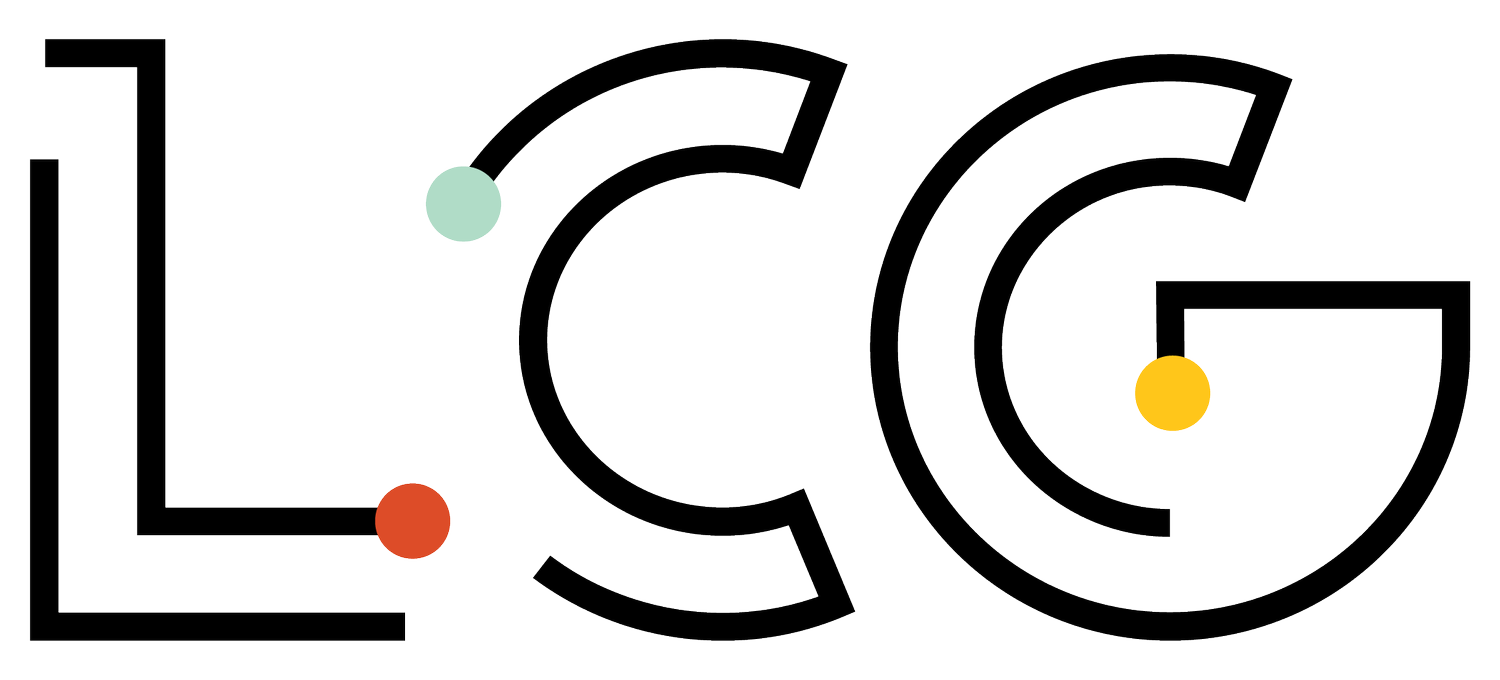As reach and engagement on social media become harder and harder to grow, many marketers are considering shifting to an online community. They see that their Facebook page’s performance is dwindling without the support of paid advertising and that posts in Facebook Groups seem to make their way to the timeline with ease. Brands come to us regularly asking for help creating a community because they’ve heard they might be able to increase their audience and drive more traffic to their site. While increased reach, engagement, and traffic may be byproducts, community building has exactly one realistic business objective: to increase loyalty. That’s it. Beyond the business’ needs, “ultimately, the community serves to improve the lives of its members.” (Millington, 2012)
Does it surprise you to read that brand communities have these two main functions of increasing loyalty and improving members’ lives? If so, it is likely because people don’t generally differentiate between the terms audience and community. Whatever platform you are on, the people who follow you there and interact with you are an audience that has the potential to become community members. To know the difference, ask yourself these questions.
Will this Facebook Group or forum continue without:
our brand’s involvement?
our content and programming?
our incentives, activities, and events?
the overall value we bring to the space?
Will this live on if our brand disappeared?
If your answer is yes, that’s a community. If not, you’ve got an audience.
Having just an audience is not a bad thing; they are a group of people who consume your content with or without a relationship with one another. Traditionally, marketers have prioritized building audiences as their go-to method for converting people into customers. Expanding the right audience is good; we like to think of this as casting a wide net like in fishing. So it makes sense that when you describe your audience you probably speak in terms of size, growth, and engagement with your posts. You’re usually looking at audience size plus the number and type of engagements when measuring success.
On the other hand, community gives you a chance to build customer loyalty and unify people around your brand. And while you may seek to scale your community to include many people who love to tell others about your product or service, the truth is that community isn’t the casting of a wide net. It’s a deep dive into building relationships and trust among your customers/members. For a community to be successful, you need to create a space where members:
see themselves belonging.
feel safe enough to be vulnerable.
have traditions and rituals.
understand and accept community rules.
Community is much more about creating a culture and environment than hitting big numbers. That doesn’t mean that numbers don’t matter in community building, though. Remember, the two main things that come from community are increasing loyalty and improving member lives. When measuring success, you’ll still look at the size of your community and the growth rate, of course. You’ll likely also be interested in both the conversion rate (% of customers invited who join) and the churn rate (community member retention). As loyalty increases, you may also:
see increased customer retention, product usage, and repeat purchases.
identify new revenue opportunities, sales leads, and potential employees.
reduce marketing and customer support costs.
improve your product or services through member feedback.
Creating and supporting a brand community isn’t for everyone, and that’s ok. It’s a commitment to creating a sense of belonging and helping people become who they want to be. If those things are not priorities for your organization, keep building your audience by providing great value with products, services, content, and opportunities for your customers and potential customers. It’s true that “communities work best for existing audiences, those who have already shown an interest. Communities don’t create this interest, they capitalize on it.” (Millington, 2012) So when you and your audience are ready, there will still be time to build a thriving community.

